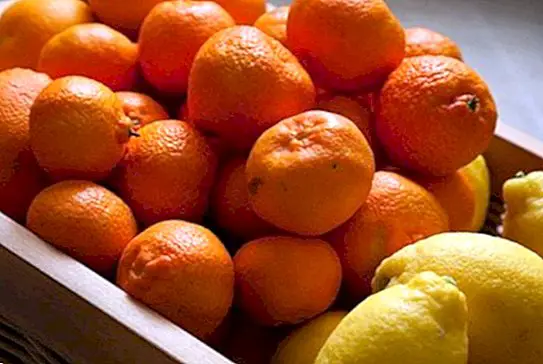Clams: properties and benefits

The clams they become one of the most delicious, consumed and prepared seafood. For example, it is usual to make some succulents -and magnificent- clams in sauce, being a great dish to enjoy practically at any time of the year (although above all and especially in the summer months).
In reference to which clams to choose, although it is true that they can live perfectly in both freshwater and saltwater, those that provide a better flavor are the clams that live in the sea.
Of course, when it comes to cooking we must keep in mind that those clams with valves that have not opened after 3 minutes of cooking is best to dispose of them and remove them from the fire, not consuming them because it is an indication that they are not in good condition.
What are clams?
Although they are delicious and easily distinguished by their characteristic and striking appearance, clams they consist basically of ones bivalve molluscs They have two shells -also known as valves-, which are joined by a filament that enables both their opening and closing.
We find them mostly on the sandy bottoms of many coasts. For example, in Spain it is possible to distinguish different species or varieties, among which we can highlight the presence of the clam (Ruditapes decussata orVenerupis decussata) and the popular and well-known chirla (Chamelea hen or Venus hen).

In regard to its recognized -and characteristic- appearance, the clams have a soft body which is protected by a rather thin shell or shell. They can reach 3.5 centimeters in length, and on the outside they have striking thin and semicircular ridges. In addition, they have a digestive system and a heart.
Do you know how the clams move? They do it in a really curious way: opening and closing their shells, and taking impulse from the force they exert in the water.
Benefits of clams
Although the clams they are 'adored' for their flavor and because they are simply delicious when prepared in sauce, added to seafood soups or accompanied with spaghetti, we must highlight and take into account the great variety of properties of clams.
On the one hand they are an ideal food in weight loss diets due to their low fat content, highlighting also their high content of minerals and vitamins (especially in vitamins of group B, highlighting vitamin B12).
With regard precisely to its high mineral content, its high iron content, potassium, selenium Y calcium. Not in vain, in reference to iron, 100 grams of clams provide the recommended daily amount in iron.
Thanks precisely to that high iron content, its consumption is recommended in those who suffer from anemia, especially in women who are during menstruation. In fact we could almost say that it is an authentic anti anemia food.

It is an ideal food when it comes to increase defenses Y strengthen the immune system, since it is capable of increase the natural resistance of our body to infections (thanks to its zinc content).
Main properties of the clam
To offer you a brief but more complete information about the different properties of clams, below we tell you more about them:
- Rich in calcium: an essential mineral to preserve the health of bones, teeth and heart.
- High iron content: it is an ideal food against anemia, especially recommended in women with menstruation.
- Strengthens the immune system: thanks to its high zinc content.
- Low in fat and rich in proteins.
Nutrition information for every 100 grams of clam:
| Nutrient | Content / Contribution |
|---|---|
| Calories (kcal.) | 77 |
| Carbohydrates | 1.50 g |
| Proteins | 15.40 g |
| Fat | 1.00 g |
| Cholesterol | 34 mg |
| Vitamin A | 90 μg |
| Vitamin B1 | 0,03 mg |
| Vitamin B2 | 0.21 mg |
| Vitamin B3 | 4.17 mg |
| Vitamin B6 | 0.14 mg |
| Vitamin B9 | 16.00 μg |
| B12 vitamin | 1.00 μg |
| Vitamin D | 1.00 μg |
| Calcium | 46.00 mg |
| Iron | 14.00 mg |
| Magnesium | 51.00 mg |
| Iodo | 27,00 |
| Selenium | 24.30 μg |
| Sodium | 56.00 mg |
| Potassium | 314.00 mg |
| Zinc | 1.20 mg |
The main varieties of clams
There is a very wide variety of clam species. However, we could summarize below some of the precisely more frequent ones:
- Blonde clam. It is one of the best known varieties. It usually comes from Portugal. It has a very characteristic reddish and purple color.
- French clamIt comes from France, specifically from the regions of Brittany and Normandy. Its flavor is intense and has a dark color.
- Clam of Iceland.They are the most curious, since they can reach 400 years of age and 200 kilos of weight.


